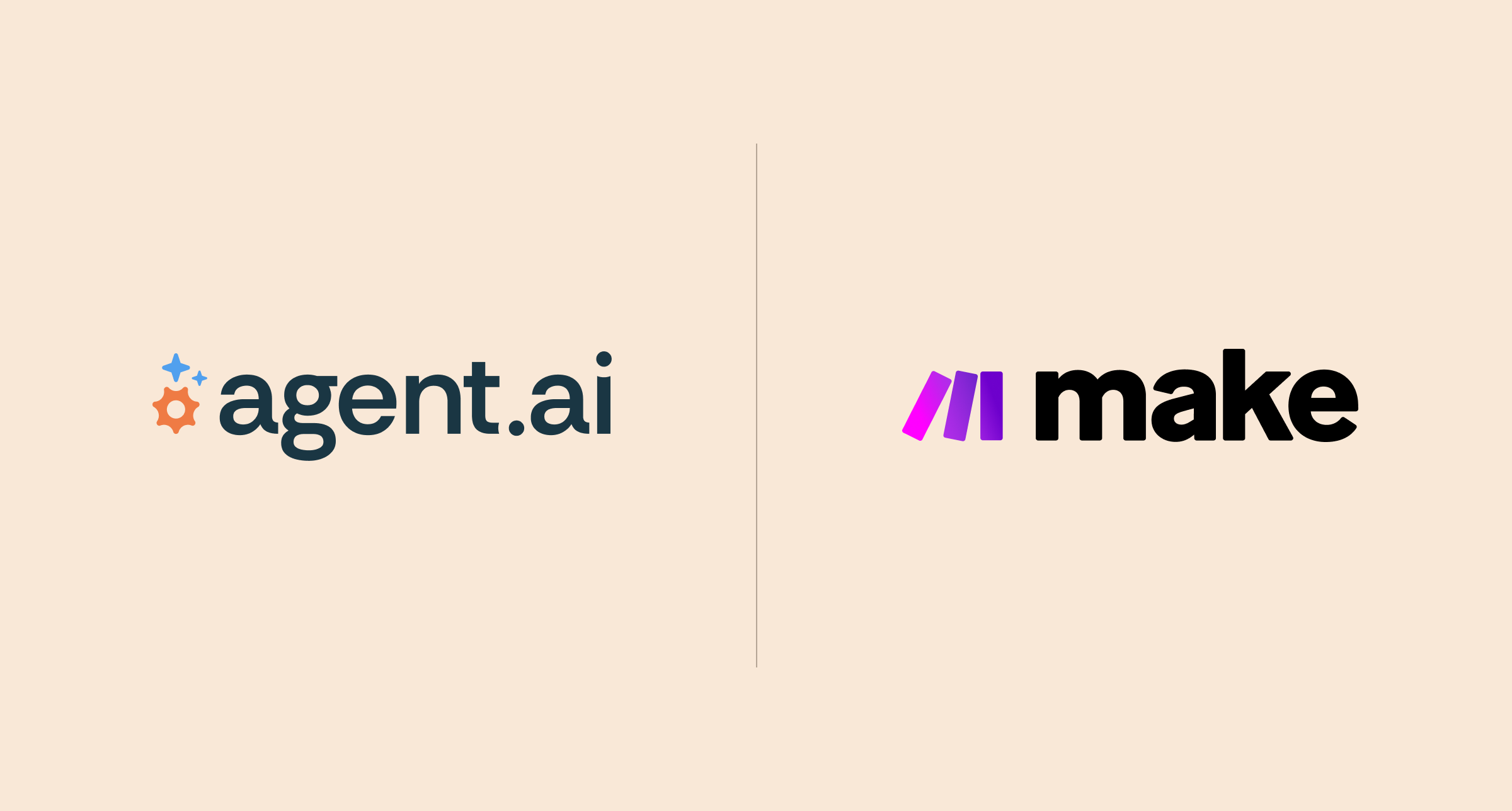Autonomous AI Agents: Definition, Examples & Role in Agentic AI
Learn what an autonomous AI agent is, how it works, and why autonomy is essential for agentic AI. Includes definitions, examples, and business use cases.


An autonomous AI agent is a software system that can perceive its environment, make decisions, and take actions independently to achieve specific goals. Unlike automation scripts or prompt-based generative AI, autonomous AI agents adapt, plan, and act proactively in pursuit of objectives with minimal human oversight.
Dharmesh Shah offers a useful definition of agentic AI:
“Software that uses artificial intelligence to pursue a specified goal... by decomposing the goal into actionable tasks, monitoring progress, and engaging with digital resources and other agents as necessary.”
This autonomy is what differentiates an autonomous AI agent from standard AI tools. Rather than doing one task per prompt, an autonomous agent keeps the objective in mind and continues working until it’s achieved—or until instructed to stop.
What Is an Autonomous AI Agent?
At its core, an autonomous AI agent is:
-
Goal-driven – it pursues objectives, not just one-off commands.
-
Independent – it operates with little to no human intervention.
-
Adaptive – it reacts to live inputs and adjusts strategies.
-
Action-oriented – it doesn’t just generate outputs; it takes steps toward outcomes.
Behind the scenes, these agents combine multiple technologies:
-
LLMs for reasoning and planning
-
APIs and integrations for tool use
-
Feedback loops for continuous learning
This goes far beyond traditional chatbots or rule-based systems.
Autonomous AI Agents vs. Automation
| Aspect | Automation | Autonomous AI Agent |
| Rule-based? | Yes, fixed scripts | No, adapts dynamically |
| Scope | Single task | Multi-step, goal driven |
| Input | Requires triggers | Acts proactively |
| Example | Email autoresponder | AI sales assistant planning and adapting outreach |
Automation executes static rules. Autonomous agents, by contrast, decide how to best achieve goals, adjusting as conditions evolve.
Core Characteristics of Autonomous AI Agents
-
Real-Time Data Access – pulls live inputs, unlike static models.
-
Decision Logic & Planning – breaks goals into tasks and sequences actions.
-
Continuous Learning – refines strategies through reinforcement and iteration.
-
Adaptability – pivots when tools fail or data changes.
Example: Andrew Ng once observed an agent switch from a failing web search API to Wikipedia—completing its task autonomously without intervention.
How Autonomous AI Agents Work
Autonomous AI agents follow a loop: Perceive → Analyze → Act → Learn
-
Perceive – Monitor environment (data, user actions, system state).
-
Analyze – Decide the next best step.
-
Act – Execute the action (send an email, query a database, call an API).
-
Learn – Evaluate outcomes and refine future decisions.
This cycle repeats continuously, improving the agent’s performance over time.
Examples of Autonomous AI Agents
-
Customer Service: Agents that proactively resolve support issues and reduce call volume.
-
Sales & Marketing: Systems that prioritize leads, customize outreach, and adjust based on engagement.
-
Finance: Trading bots that respond in real time to market conditions.
-
Productivity: Executive assistant agents that schedule, follow up, and reprioritize tasks.
Why Autonomous AI Agents Matter in Agentic AI
Autonomy is what makes AI “agentic.” Without it, AI is reactive. With it, AI becomes:
-
Scalable – handling thousands of micro-decisions daily.
-
Context-aware – adapting across systems and departments.
-
Collaborative – operating like a reliable teammate instead of just a tool.
For B2B leaders, founders, and decision-makers, autonomous AI agents are more than a technical evolution—they’re a competitive advantage. By adopting them early, businesses can streamline workflows, break down silos, and continuously optimize at scale.
FAQ: Autonomous AI Agent Definition & Use Cases
What is an autonomous AI agent?
An autonomous AI agent is software that can make decisions and take actions independently in pursuit of goals.
How is it different from automation?
Automation follows fixed rules. Autonomous AI agents adapt to new inputs, plan multi-step workflows, and act proactively.
What are examples of autonomous AI agents?
Examples include self-driving cars, AI-powered trading bots, customer service assistants, and CRM sales agents.
Why are autonomous AI agents important in agentic AI?
They provide the autonomy that makes agentic AI powerful—planning, adapting, and executing tasks to achieve human-defined objectives.
Get Started With Agents Now
Browse powerful AI agents or create your own—free, fast, and ready to use today.





